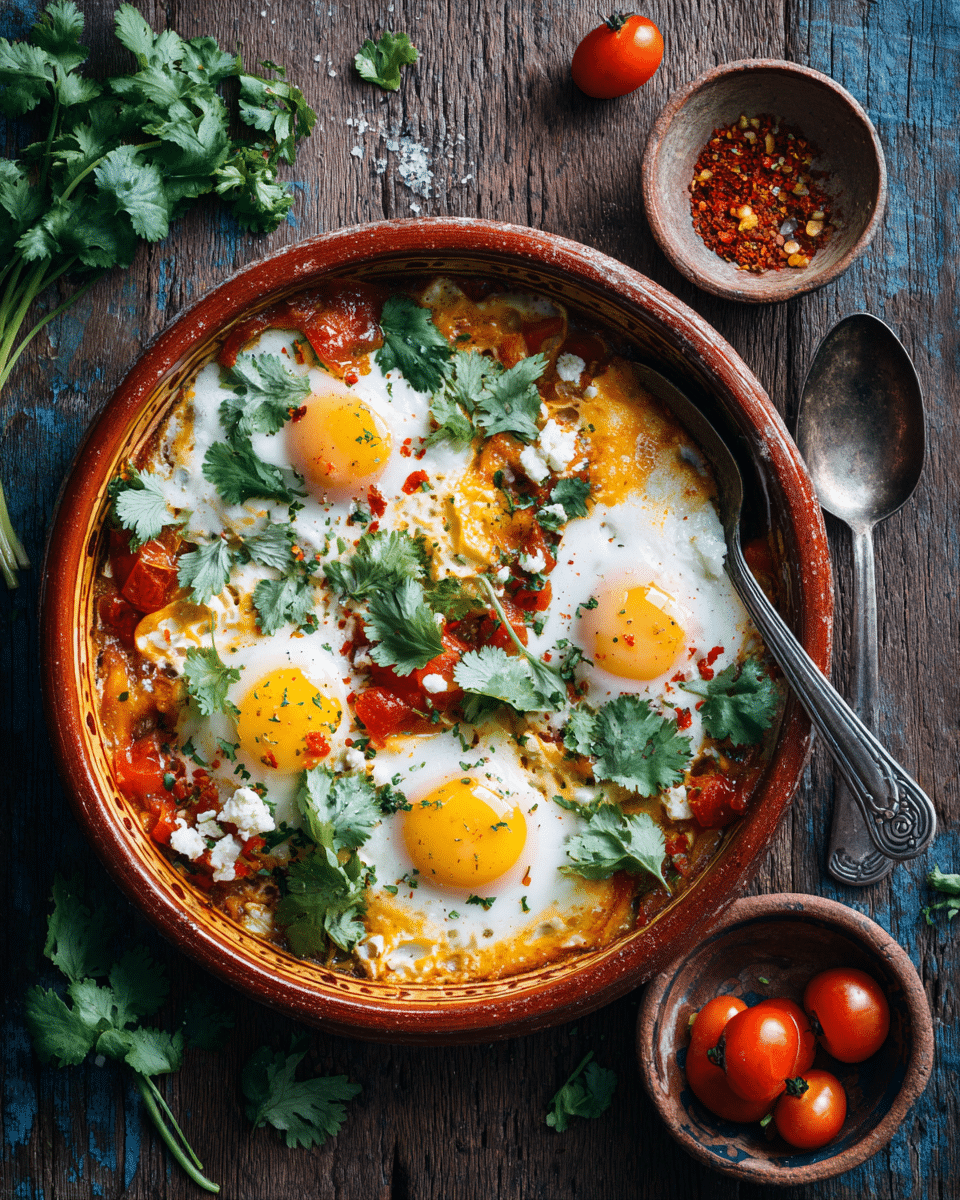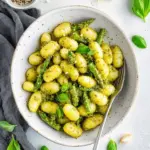Huevos a la Cazuela is a rustic Spanish baked egg dish that captures the warmth, flavor, and heritage of the Iberian table. Traditionally prepared in a clay pot, this comforting meal layers smoky chorizo, sweet peppers, ripe tomatoes, and aromatic spices before gently baking fresh eggs until the whites are set and the yolks remain golden and velvety. The sizzling blend of savory and sweet aromas is as inviting as the dish itself, making it perfect for sharing with family and friends.
For Latin-Hispanic Heritage Month, Huevos a la Cazuela is more than just a recipe it’s a celebration of culinary roots and cultural pride. Its simple ingredients tell the story of farm-fresh cooking, while its vibrant flavors reflect centuries of Spanish influence across the Latin world. Served with crusty bread for dipping, every bite offers a connection to tradition and the joy of gathering around the table.
Full Recipe
Ingredients:
-
4 large eggs
-
2 tablespoons olive oil
-
1 medium onion, finely chopped
-
2 cloves garlic, minced
-
1 red bell pepper, diced
-
1 ripe tomato, peeled and chopped
-
100g (3.5 oz) chorizo, sliced
-
1/2 teaspoon smoked paprika
-
1/4 teaspoon chili flakes (optional)
-
1/4 cup peas (fresh or frozen)
-
Salt and pepper to taste
-
Fresh parsley, chopped (for garnish)
-
Crusty bread, for serving
Directions:
-
Preheat your oven to 375°F (190°C).
-
Heat olive oil in a clay pot or ovenproof skillet over medium heat.
-
Add the chopped onion and garlic, sautéing until softened and fragrant, about 3 minutes.
-
Stir in the diced bell pepper and cook for another 3 minutes until slightly softened.
-
Add the chopped tomato and cook for 5 minutes until it breaks down into a sauce.
-
Stir in chorizo, smoked paprika, and chili flakes, cooking for 2-3 minutes to release the flavors.
-
Add peas, season with salt and pepper, and stir well.
-
Make four small wells in the mixture and carefully crack an egg into each one.
-
Transfer the pot to the oven and bake for 8-10 minutes, or until the egg whites are set but yolks remain slightly runny.
-
Remove from oven, garnish with fresh parsley, and serve hot with crusty bread for dipping.
Prep Time: 10 minutes | Cooking Time: 25 minutes | Total Time: 35 minutes
Kcal: 280 kcal | Servings: 2-4 servings






